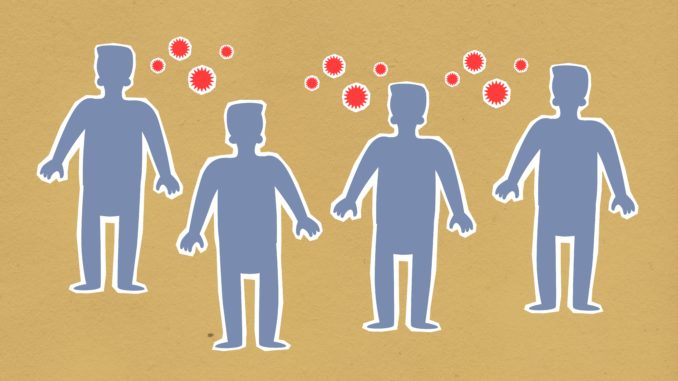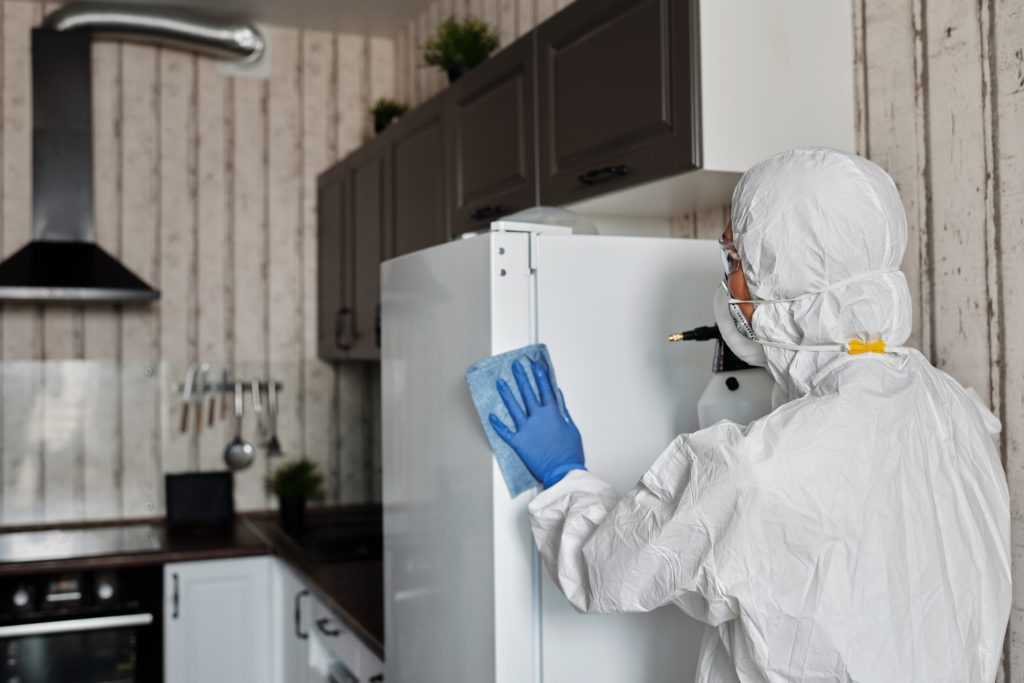
Pathogens such as the human immunodeficiency virus (HIV), hepatitis B virus (HBV), and hepatitis C virus (HCV) are some of the most common bloodborne pathogens where health care workers face the risk of contacting them. Bloodborne pathogens have been recorded as being the root cause of the transmissions of more than 20 different pathogens. What are these pathogens really?
They are microorganisms that can cause disease in a person when it’s been transmitted from a person whose been infected to another individual through direct contact with the infected blood or body fluids. The end result of bloodborne pathogens in the body is serious illness and death.
This is opposed to infectious disease which are diseases that are caused by microorganisms such as bacteria, virus, and fungus that accesses the body via different routes.
Don’t assume they’re the same, and both diseases are created equally; they have mild to life-threatening symptoms. Here’s how the bloodborne pathogens can be transported.
Transmission Pattern
The bloodborne pathogens in question can be transmitted or contacted when blood or body fluid from someone whose been infected gets into another person’s body through sharp objects or needles, cuts, human bites, abrasions, or via mucous membranes. If there’s a body fluid with blood in. then it is most likely infectious. Apart from that, semen, saliva, or vaginal secretions during dental proceedings are thought of as being infected body fluids. However, if you’ve been exposed to BBP, it doesn’t mean you are already infected. Getting proper training for when there’s exposure like at www.bloodbornepathogenstraining.com is essential and might be a life-saver. But it is crucial that you inform people around about what happened so appropriate medical steps can be taken.
Before any disease begins to spread, several conditions are usually present. This begins a process referred to as the chain of infection.
What are the conditions that make transmission possible?
- There must be a specific number of disease-causing organisms in the environment.
- There is a source or probably a reservoir that causes the organisms to survive and increase, maybe blood.
- There is most likely a mode of transportation from the source to a host.
- There must be an available opening in the host through which the pathogen passes.
- There’s a high tendency that the host is susceptible to a particular pathogen and not immune to it.
What Does Being Exposed Mean?
Bloodborne pathogens threaten any person who is exposed to either blood or body fluids. To become exposed means blood or other infectious substances can have access to the body via:
- non-intact skin
- the eyes
- the mucous membranes
- parenterally (needle-sticks, human bites, cuts, and abrasions)
Modes of Transmission
- Direct Contact – It is a form of transmission that takes place when pathogens are transferred from the infected to another person, as indicated above.
- Parenteral Exposure – When infected blood is inserted into the body through a puncture in the skin, it is known as parenteral exposure. For example, I am sharing a needle that’s being contaminated.
III. Indirect Contact – After there’s been contact with the skin or mucous membranes by contaminated objects, that’s been an indirect contact. That is why sterilizing objects found with blood on them is very important.
- Airborne Transmission – It happens when droplets or small particles containing harmful transmittable agents remain active in the air before they are inhaled into the body, just like the case of tuberculosis. Take note, however, that while transmission via the air is possible, a large number of the bloodborne pathogens are not in this category.
Method of Prevention

Knowing how pathogens are transmitted is good, but it isn’t enough. You need to know how to protect yourself, especially if you work in an environment with infected people.
The first way to protect and prevent yourself is by getting personal protective equipment. It is literally the first line of defense against pathogens and transmittable microorganisms. PPE typically includes gloves, masks, and other essential materials. Don’t touch blood or body fluids without wearing gloves. That’s too risky.
The next way is to wash your hand regularly and thoroughly with soap under running water for a minimum of 30 seconds before drying them. Ensure you always wash your hands immediately after there’s been an exposure incident. Use a hand sanitizer in the absence of running water and soap. They are a good alternative for washing your hands till there’s running water you can use.
Removing your glove is a procedure that has to be done carefully else, you increase the risk of being infected. To remove the gloves, do well to follow the steps below:
- Gradually remove one glove from the top of your wrist to the bottom and place it in the other gloved hand.
- Using the hand already exposed hand, peel the second one inside out and tuck the first glove in the other.
- Ensure the contaminated part of both gloves is not touched.
- Throw them away immediately. Do not use your gloves more than once.
- Wash your every time you remove your disposable gloves.
Try as much as you can to adhere to the prevention tips listed above. There’s nothing like being too careful in this kind of situation. Truthfully speaking, it is far better to be safe than sorry, especially after learning how bloodborne pathogens are transmitted.
Support Northern Colorado Journalism
Show your support for North Forty News by helping us produce more content. It's a kind and simple gesture that will help us continue to bring more content to you.
BONUS - Donors get a link in their receipt to sign up for our once-per-week instant text messaging alert. Get your e-copy of North Forty News the moment it is released!
Click to Donate
